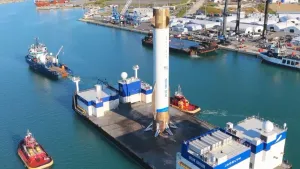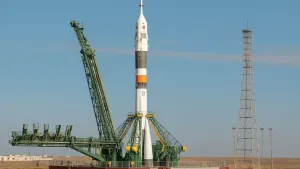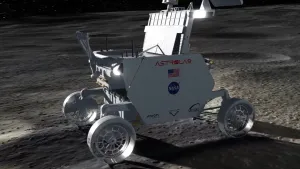Quindar announced that it has raised $18 million in a Series A financing round. The new capital is intended to accelerate the company’s development of autonomous and scalable mission-control infrastructure for hybrid space systems, both commercial and government.
The funding round is led by Washington Harbour Partners and includes continuing investment from Booz Allen Ventures, FUSE VC, FCVC and Y Combinator.
According to the announcement, Quindar plans to use the funds to build a classified mission-control facility in the Denver metro area, expand commercial integrations, and scale its workforce.
Congrats to @QuindarSpace on their $18M Series A!
— Y Combinator (@ycombinator) November 20, 2025
Most companies still build ops software in-house, which takes years. U.S. government programs often require a new interface every time, forcing teams to rebuild ground systems again and again.
Quindar manages satellites like… pic.twitter.com/ZzfZg9xp0J
The company describes its product as offering a “common operating picture” that automates the mission lifecycle, from planning and flight dynamics to command, control, and event management.
Traditional space - and especially government/military - mission-control systems are often custom, fragmented, slow to update and rigid in architecture.
Quindar’s model intends to bring “software-driven” mission control, enabling satellite operators to integrate diverse systems, launch rapidly, manage fleets and respond in near-real time. In a landscape where commercial space, smallsats and responsive launches are growing, this kind of agility is increasingly valuable.
From the investor side, this raise signals strong interest in the infrastructure layer of space operations, beyond launch and manufacturing to operational control, data handling and automation. For customers (constellation operators, defence programmes, ground-station networks) this may reduce cost, complexity and time-to-mission.
Background and Technical Context
Quindar was founded to provide mission-management software as a service for satellites and constellations. Earlier funding rounds included a seed raise of $2.5 million in 2023, backed by Y Combinator and others.
Technically, Quindar’s platform integrates flight-dynamics tools, ground-station scheduling, anomaly detection, command and control (C2) infrastructure and event management into a unified, cloud-native architecture. For example, its blog outlines an integration with the open-source product COSMOS to deliver C2 as a service.
The step from seed to Series A at this level shows that Quindar is moving toward operational scale and is expected to support both commercial and classified missions with high reliability, strong security and greater automation.
By modernising mission-control infrastructure, Quindar could help lower the barrier to operating satellite constellations, enable faster scaling of space programmes and challenge legacy control-room models.
Government agencies and commercial players may benefit from improved operational resilience, unified monitoring and automated event management.
However, the business also faces hurdles. Operating mission-control services especially for classified programmes demands extremely high reliability, certifications, cybersecurity compliance and long-term contract cycles. Scaling workforce and facility build-out increases cost risk.
Notably, the market for mission-control infrastructure is competitive, and adoption by large organisations may be slow due to legacy systems and procurement complexity.
Conclusion
Quindar’s $18 million Series A gives the company the resources to expand its mission-control platform and build the infrastructure it needs to serve both commercial and government operators.
The round also strengthens its position as more organizations look for software that can manage larger and more complex satellite fleets. The real test will be how effectively Quindar turns this funding into dependable services and wider adoption across the space sector.






